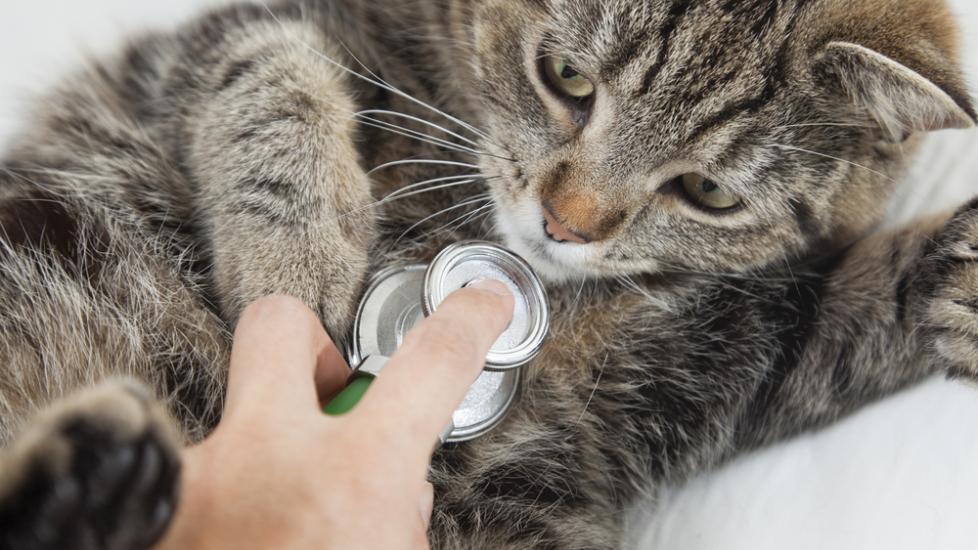Staph Infection in Cats
Staphylococcal Infections in Cats
The Staphylococcus bacteria is one of the more commonly transmitted infections, passing easily from animal to animal and in some cases from animal to human. This bacteria can live free in the environment, on the skin of a host as a parasite, and in the upper respiratory tract of animals. This infection can be found in any breed of cat, and at any age.
Symptoms and Types
Some of the most common signs of this infection are:
- Fever
- Lack of appetite
- Pain
- Abscesses on the skin
- Infections of the eyes, skin, ears, eyes or respiratory system
- Itching (pruritus)
- Inflammation marked by pus filled lesions (pyoderma)
For cats, common indicators can include abscesses, oral infections, eye infections (conjunctivitis) and bacteremia (bacterial blood infection).
Causes
Younger cats are most prone to developing this infection, as their immune systems have not fully developed. Old animals are also more susceptible, as their immune systems have become compromised with age. Other causes can include bacterial or fungal infections (pathogens) of the blood, chronic debilitating diseases that wear down the immune system, allergies, and other secondary infections.
Diagnosis
A complete blood profile will be conducted by your veterinarian, including a chemical blood profile, a complete blood count, and a urinalysis. Proper diagnosis will often involve skin testing to determine if the condition is caused by allergies or other immune related causes. It is also important to rule out abnormal cell development as an underlying cause of the condition.
Treatment
A variety of medications are available to treat this medical condition, but some strains are resistant to medications. In some cases, standard antibiotics are not effective at curing this condition and a different course will need to be prescribed.
Living and Management
It is important to dispose of any potentially infected materials or contaminated objects. Also, external (topical) cleansing of the wound(s) and the infected area of skin is essential for healing the skin and preventing the bacteria from spreading. Because this type of bacteria is opportunistic, and can be passed to both animals and humans, special care must be taken when handling your cat and cleaning its wounds.
Prevention
There are not currently any known preventative measures for this infection.
Image: Amanda Hsu vis Shutterstock
